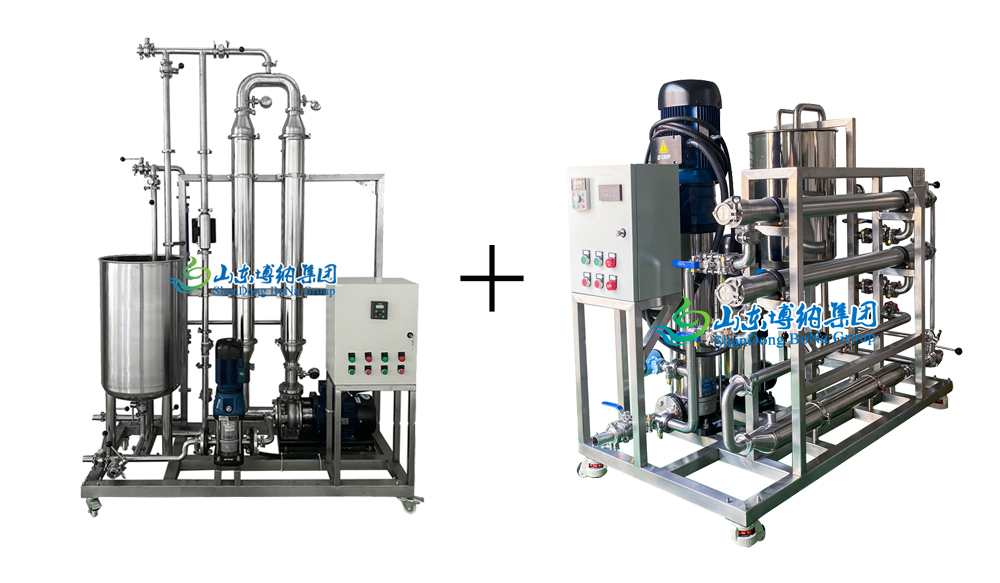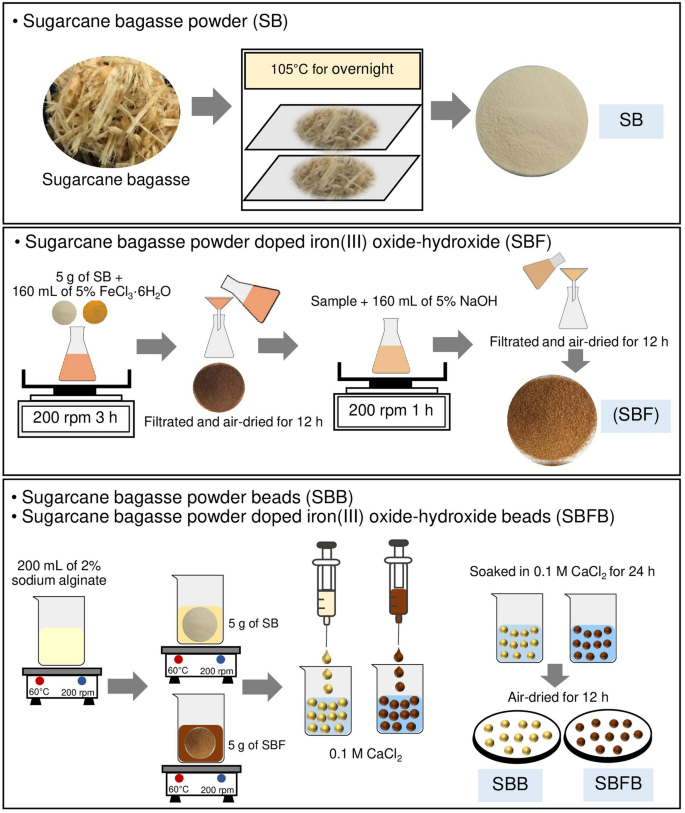How Products From Sugarcane Are Reshaping Sustainable Living
How Products From Sugarcane Are Reshaping Sustainable Living
Blog Article
Opening the Potential of Products From Sugarcane: a Comprehensive Overview
The potential of sugarcane extends far beyond its traditional usage for sugar production. This overview checks out the multifaceted applications of sugarcane, from power and biodegradable materials to health and wellness products. By examining its journey from area to factory, it reveals just how sustainable techniques can transform waste right into important sources. As markets look for eco-friendly options, the question stays: just how can these technologies improve our method to agriculture and manufacturing?

The Trip of Sugarcane: From Area to Factory
Sugarcane undergoes a fascinating change as it takes a trip from rich fields to dynamic factories. In the fields, the high, eco-friendly stalks are collected, usually by mechanical means or hand-operated labor. When cut, the sugarcane is promptly moved to processing centers to ensure maximum freshness. At the factory, the very first step involves squashing the walking stick to remove the pleasant juice, which includes sucrose. Products From Sugarcane. This juice is after that filtered and made clear, getting rid of contaminations. Following this, it goes through dissipation to focus the sugar material, causing condensation. The resulting sugar crystals are separated from the staying molasses via centrifugation. Finally, the sugar is dried out and packaged for distribution. Throughout this trip, preserving top quality and efficiency is crucial, as the techniques utilized directly influence the product's last top quality. This makeover not only highlights the agricultural importance of sugarcane however also its considerable duty in the global economic situation
Sugar and Its By-products: Greater Than Just Sweetness
The makeover of sugarcane right into refined sugar opens the door to a vast selection of items and applications that prolong beyond plain sweetness. Sugar and its derivatives, such as molasses, brownish sugar, and glucose, play crucial roles in numerous sectors, consisting of food, pharmaceuticals, and cosmetics. In the food industry, these components improve tastes, improve texture, and serve as preservatives.Molasses, a by-product of sugar production, is rich in vitamins and minerals, making it a valuable active ingredient in organic food and animal feed. Glucose, a simple sugar stemmed from sugarcane, serves as a considerable energy source in sports nutrition and is vital in the production of confectionery. Furthermore, sugar derivatives are utilized in fermentation processes, adding to the manufacture of liquors and various other microbial products. In general, the adaptability of sugar and its by-products highlights their relevance past simple sweet taste in day-to-day life.
Biofuels: Harnessing Power From Sugarcane

A considerable part of international biofuel production currently depends on sugarcane, acknowledged for its high energy yield and performance in converting sunshine into biomass. This tropical plant functions as a main source for ethanol, an eco-friendly fuel that can replace gasoline in cars. Sugarcane's capacity to generate more ethanol per hectare than other feedstocks, such as corn, adds to its raising appeal among biofuel producers.The fermentation procedure of sugarcane juice or molasses generates ethanol, which can be blended with nonrenewable fuel sources to minimize greenhouse gas exhausts. In addition, by utilizing the residual bagasse from sugarcane handling, energy can be created with burning, additional enhancing the sustainability of biofuel manufacturing. As countries look for to mitigate climate adjustment impacts, sugarcane biofuels supply an appealing solution, strengthening energy security and advertising agricultural sustainability while sustaining country economic climates.
Biodegradable Plastics: The Sustainable Different
Exactly how can markets change to more lasting techniques in the face of growing plastic air pollution? One promising option hinges on biodegradable plastics obtained from sugarcane. Unlike typical petroleum-based plastics, these bioplastics use an environment-friendly choice that can significantly minimize ecological influence. Made from sustainable sources, sugarcane-based plastics break down more swiftly in various conditions, decreasing landfill accumulation and aquatic debris.The production of eco-friendly plastics not only addresses waste management difficulties however additionally straightens with the raising customer demand for sustainable products. Industries embracing these products can improve their brand name picture while contributing to a round economy. Additionally, the adjustment to biodegradable options encourages advancement and financial investment in new modern technologies, fostering a greener sector landscape.As much more firms acknowledge the advantages of sugarcane-derived plastics, the possibility for extensive fostering rises, leading the means for an extra lasting future in packaging and product style.
Animal Feed and Fertilizers: Utilizing Byproducts
The results of sugarcane handling hold considerable potential for both animal nourishment and natural fertilizers. These byproducts can be included into pet feed, supplying crucial nutrients websites while reducing waste. In addition, they can offer as reliable organic fertilizer options, enhancing dirt health and wellness and promoting lasting farming practices.
Results in Animal Nourishment
While sugarcane is mainly valued for its sucrose web content, its results play a vital function in animal nourishment, particularly in the kind of animal feed and fertilizers. The coarse residue recognized as bagasse, created during the extraction of juice, offers as an important resource of roughage for livestock. This high-fiber product enhances food digestion and advertises general health in ruminants. Furthermore, molasses, a byproduct of sugar refining, is abundant in energy and can be utilized to supplement animal diet plans, boosting palatability and dietary worth. In addition, vinasse, a fluid by-product from ethanol production, contains important nutrients and can be utilized as a feed additive. In general, sugarcane byproducts add substantially to lasting animal nutrition techniques.
Organic Plant Food Options
Utilizing sugarcane by-products prolongs beyond pet nutrition to include natural fertilizer options that benefit farming techniques. The fibrous residues, such as bagasse and filter cake, offer as reliable natural fertilizers, enriching soil health and wellness and boosting crop yields. These materials are rich in nutrients, including phosphorus, potassium, and nitrogen, important for plant growth. When broken down, they enhance dirt framework, water retention, and microbial task, cultivating a lasting farming ecological community. Additionally, using sugarcane byproducts for fertilizing lowers reliance on artificial plant foods, promoting eco-friendly agricultural approaches. By recycling these results, farmers can contribute to a circular economic situation while enhancing their performance and minimizing waste. This strategy exhibits innovative techniques in sustainable agriculture, leveraging sugarcane's complete capacity.
Health and Health: Nutritional Advantages of Sugarcane
Countless research studies highlight the nutritional benefits of sugarcane, making it a beneficial addition to a well balanced diet. Rich in crucial nutrients, sugarcane consists of substantial quantities of carbohydrates, minerals, and vitamins, specifically vitamin Potassium, c, and calcium. These elements add to general health and wellness, supporting immune function and bone strength.Moreover, sugarcane is a natural resource of anti-oxidants, which assist fight oxidative tension and swelling in the body. Its high fiber content help in food digestion, promoting gut wellness and preventing irregularity. Furthermore, sugarcane juice has been connected to hydration and power replenishment, making it an outstanding choice for professional athletes or those participating in arduous activities.Furthermore, the glycemic index of sugarcane is relatively low, enabling an extra gradual release of energy, which may be useful for individuals handling blood sugar level levels. In general, including sugarcane into one's diet regimen can supply a renewing and nutritious choice for health-conscious people.
Technologies in Sugarcane Products: Future Trends and Possibilities
What developments lie ahead for sugarcane products as industries seek to improve sustainability and consumer charm? The future of sugarcane products is poised for considerable innovations, driven by the need for environmentally friendly options. Technologies in bio-based product packaging, stemmed from sugarcane, are obtaining grip, supplying a lasting replacement for standard plastics. Furthermore, the exploration of sugarcane's bioactive substances is most likely to result in new health supplements and practical foods, maximizing its natural benefits.Research into fermentation processes may produce unique biofuels, additionally diversifying sugarcane's energy. The development of genetically modified sugarcane selections guarantees boosted returns and resistance to pests, therefore supporting sustainable farming practices. As customers come to be extra ecologically aware, the integration of openness in sourcing and manufacturing methods will additionally play a necessary role fit the future of sugarcane products. Inevitably, these advancements can redefine sugarcane's position in global markets.
Often Asked Concerns
What Are the Ecological Effects of Sugarcane Farming?
The environmental effects of sugarcane farming include deforestation, loss of biodiversity, soil degradation, and water air pollution - Products From Sugarcane. Additionally, too much pesticide and plant food use can damage ecosystems, while monoculture methods might result in minimized resilience official website against environment change

Exactly How Is Sugarcane Processed Into Different Products?
Sugarcane handling entails harvesting, crushing, and removing juice, which is then clarified and focused. The resulting syrup can be fermented for ethanol or taken shape for sugar, while fibers are utilized for bioenergy and various other items.

Are There Any Health Threats Connected With Sugarcane Intake?
The concern of health dangers related to sugarcane usage highlights issues such as extreme sugar intake, potential allergies, and intestinal concerns. Moderation is necessary to reduce these dangers while appreciating its nutritional advantages.
What Are the Economic Perks of Sugarcane Cultivation?
The economic benefits of sugarcane cultivation consist of work production, enhanced agricultural performance, and contributions to local economic climates. Additionally, it supports renewable resource go to website production and supplies various byproducts that can enhance profitability within diverse markets.
Just How Does Sugarcane Compare to Other Renewable Resources?
Sugarcane, as an eco-friendly resource, demonstrates higher performance in biomass production compared to many alternatives. Its convenience enables numerous by-products, contributing especially to sustainable techniques, economic development, and lowering reliance on nonrenewable fuel sources. Glucose, a simple sugar acquired from sugarcane, serves as a considerable power resource in sporting activities nutrition and is vital in the manufacturing of confectionery. Sugarcane's ability to create even more ethanol per hectare than other feedstocks, such as corn, contributes to its increasing appeal amongst biofuel producers.The fermentation process of sugarcane juice or molasses generates ethanol, which can be combined with fossil fuels to minimize greenhouse gas exhausts. In addition, sugarcane juice has been linked to hydration and power replenishment, making it an excellent option for athletes or those involving in strenuous activities.Furthermore, the glycemic index of sugarcane is relatively reduced, permitting for an extra steady release of power, which might be helpful for people managing blood sugar levels. In enhancement, the exploration of sugarcane's bioactive substances is most likely to lead to new wellness supplements and useful foods, utilizing on its natural benefits.Research into fermentation procedures might yield novel biofuels, better diversifying sugarcane's utility. The concern of health threats associated with sugarcane consumption highlights concerns such as excessive sugar consumption, potential allergies, and gastrointestinal issues.
Report this page